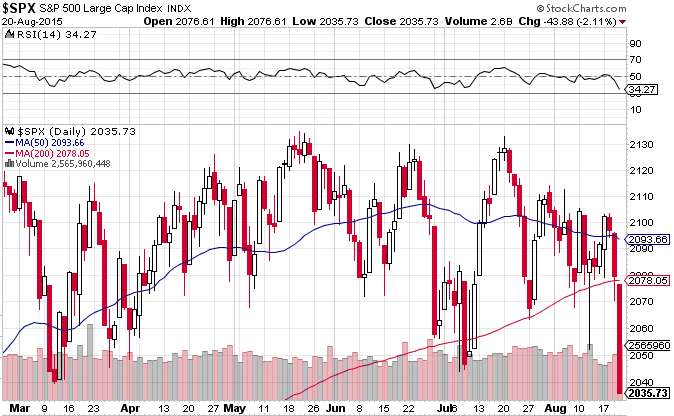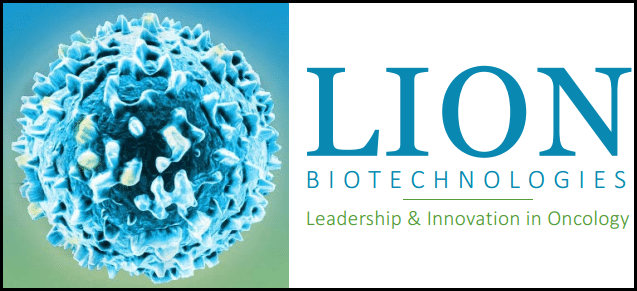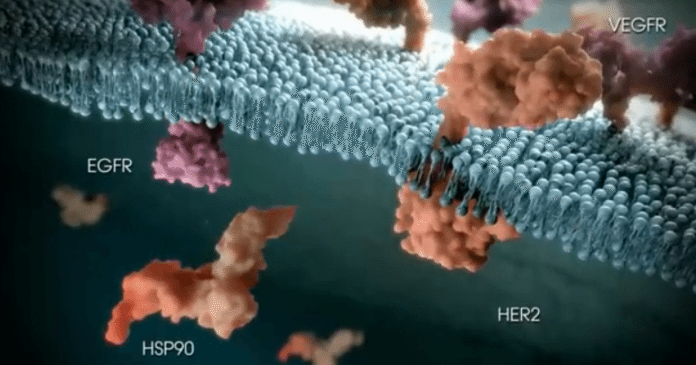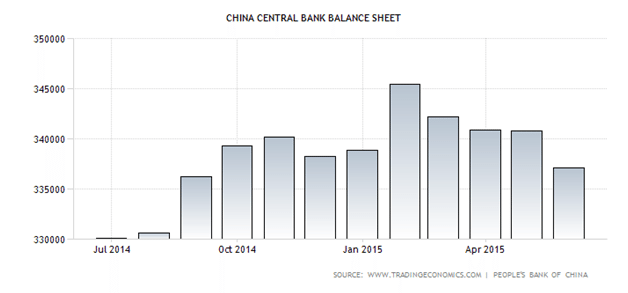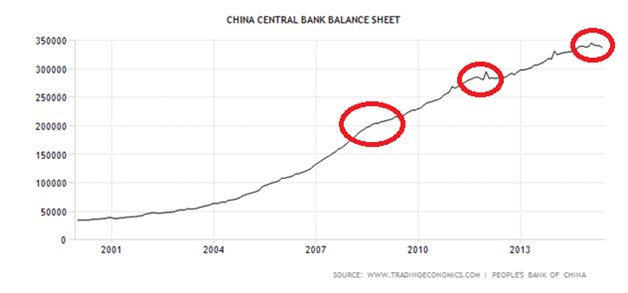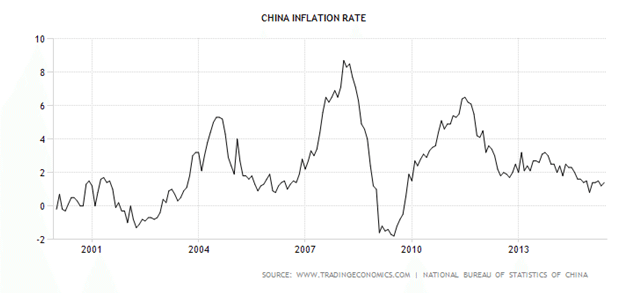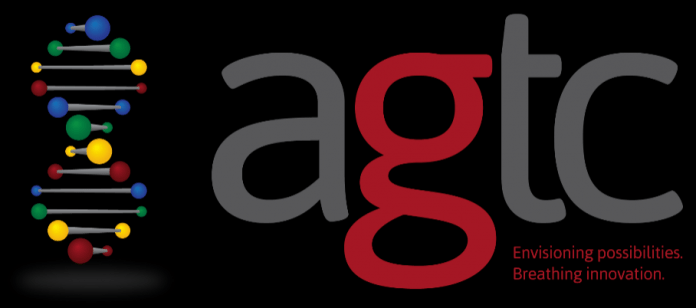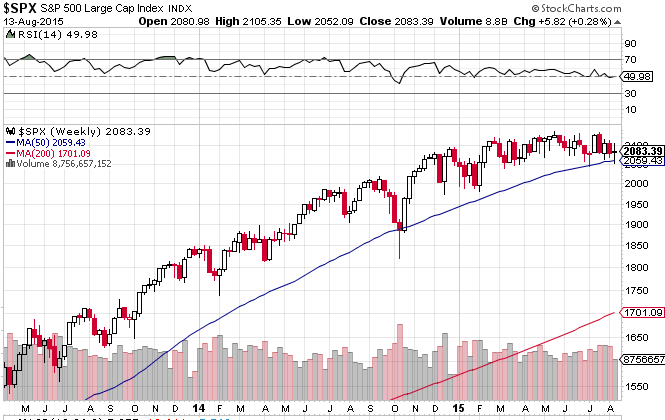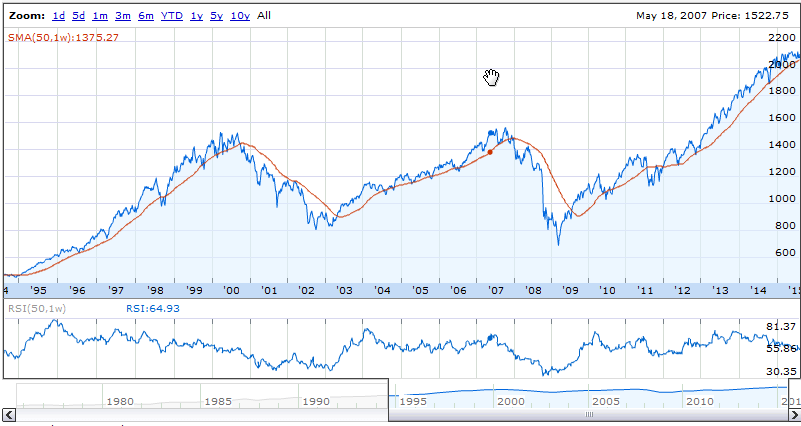During the middle of last week, Applied Genetic Technologies Corporation (NASDAQ:AGTC) management presented at the Wedbush PacGrow Healthcare Conference in New York. For those familiar with the space, you will remember the name as being the small cap that Biogen Inc. (NASDAQ:BIIB) announced gene therapy partnerships with earlier in the year; an announcement that translated to 10 times daily trading volume over the few days that followed, and a close to 30% gain in a matter of hours on the company’s market valuation. The company has since lost the lion’s share of this increase in value, despite no real developments from an operational perspective. The latest management presentation has, therefore, given us an opportunity. First, to take a look at the company’s pipeline with a focus on the Biogen deal, and weigh up the justification (or lack thereof) for the initial gain. Further, in light of the recent correction, to determine if there now exists an opportunity to buy in at a discount at today’s price. Here goes.
First, a quick overview. Applied Genetic Technologies focuses on orphan indications in the ophthalmology space. Straight off the bat, this is a bonus. Why? Because one of the biggest drawbacks to chasing orphan indications is establishing clinical endpoints. Further, having decided which endpoints to target, agreeing these endpoints with the FDA can be tricky. This, of course, all takes time. However, in the ophthalmology space, endpoints are already well established. This is because sight in humans is considered high priority (for obvious reasons) and this priority has led to a large body of educational institution research in the field. Further, Applied Genetic Technologies cannot only draw on this body of research to establish endpoints, but also identify potential therapeutic paths to these endpoints. For those wondering, the four established endpoints of ophthalmology treatments are visual acuity, visual fields, color vision and contrast sensitivity.
The company uses what is called Adeno Associated Virus (“AAV”) gene therapy. AAV therapy basically means packaging up a virus in a protein shell, which (through a range of delivery methods, varying according to indication) carries through to the nucleus of a cell. In the nucleus, the protein shell breaks up and the virus is introduced. AAV has numerous indications outside of the eye, but there is one advantage of using this type of therapy in ophthalmology. Basically, when the virus is introduced, it produces a very small immune response in retinal cells, which causes them to produce a particular type of enzyme (again, variable according to indication). For indications outside of the eye, when the cells in question die they no longer produce the enzyme targeted at treatment. However, retinal cells do not “turn over” like other cells (i.e. the retinal cells we are born with are the cells we die with). This translates to a potentially lifelong treatment from just one therapy session.
So that’s how it works, where are we with trials? Let’s deal with the lead indications first. These are X-linked Retinoschisis (XLRS) and X-linked Retinitis Pigmentosa (XLRP).
The former occurs when a gene defects translates to their being a missing structural protein in the eye. This causes the retina to “delaminate” and leads to visual impairment. There is currently an ongoing phase I/II trial of AAV using a gene called RS1 targeting XLRS, with a primary endpoint of safety and a secondary endpoint of efficacy (as measured by visual acuity and visual field). The company expects to report preliminary data for this one before the end of the year, and due to its association with Biogen, anything positive could be a real upside driver for the company.
The latter of these two lead indications, XLRP, is related to a missing protein that causes night blindness and progressive deterioration of visual field span. The company has already completed a primate trial that showed promising results, and has a toxicology study slated for the beginning of 2016.
Further candidates include targeting Achromatopsia (ACHM) and AMD, with initial clinical data from a proof of concept trial scheduled before the end of the year for the former, and a target announcement for the latter scheduled during early 2016. For a more detailed breakdown, you can check out the company’s full pipeline available here (bear in mind this is slightly outdated and does not reflect the implications of the Biogen partnership in full).
From a financial perspective, and not including the $124 million scheduled to hit the company’s balance sheet as a result of the Biogen collaboration before it reports its next quarterly results, Applied Genetic Technologies had about $92 million cash at the end of March, 2015. Burn rate over the last few years has averaged out around $2.5 million, but this is likely to increase as the company moves its lead candidates into their respective clinical phases. Despite this increase, however, management has stated that current cash on hand should easily cover completion and data analysis of the ongoing trials for its XLRS and XLRP programs, as well as see through ACHM to prelim data.
So there we have it. A company with no debt and close to $100 million cash in the bank that is set to receive an influx of a further $124 million from a huge player in the space. With an additional $400+ million dollars earmarked as milestone payments for two of its lead candidates, and some wholly-owned candidates that have shown preclinical promise, Applied Genetic Technologies looks to be one to watch, and may indeed offer a discount entry to a promising pipeline at current rates. Keep an eye on data scheduled for the end of the year as near-term drivers, and updates from the AGTC / Biogen collaboration slightly longer term.




